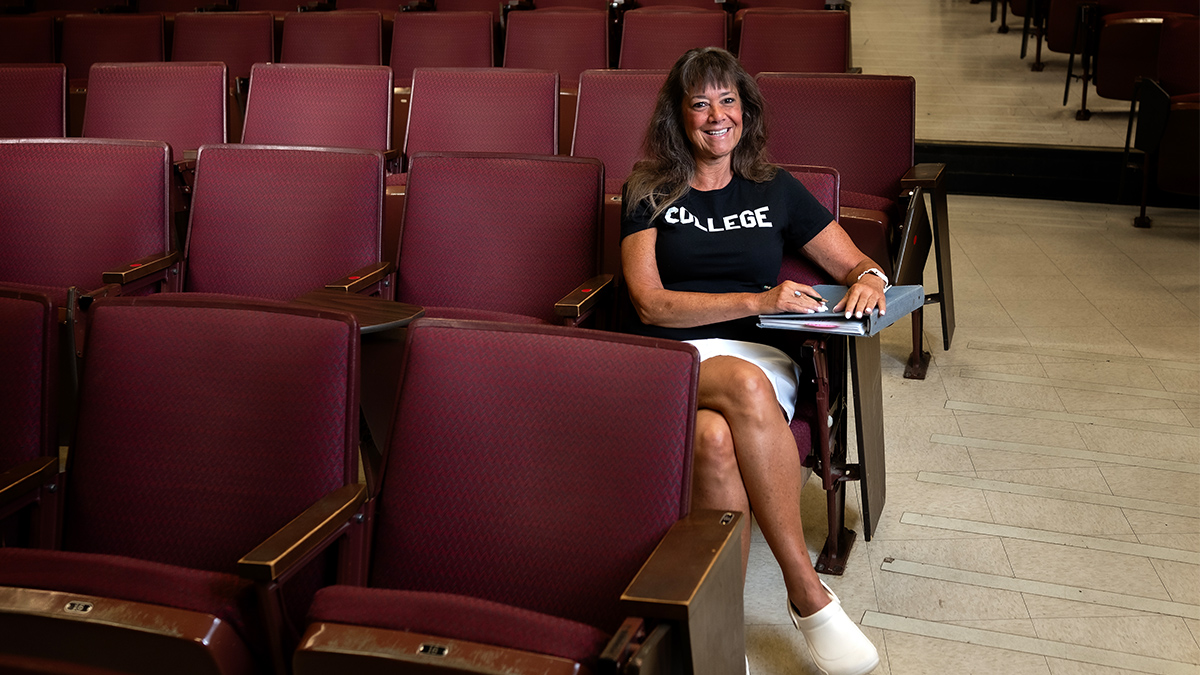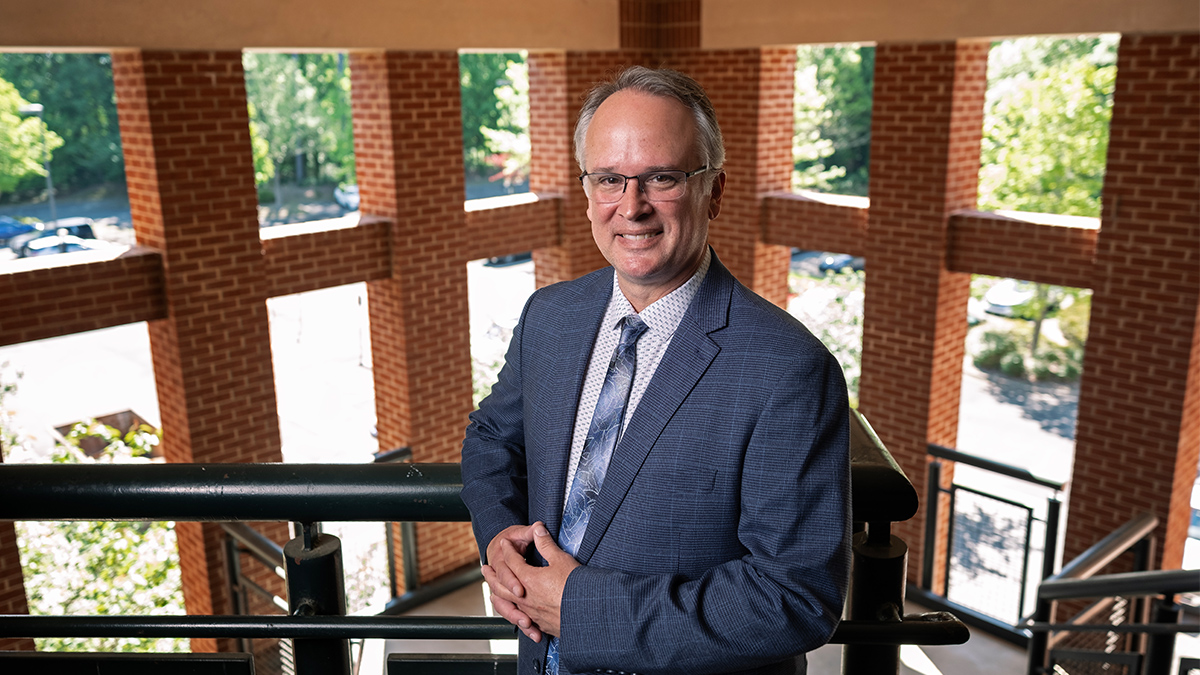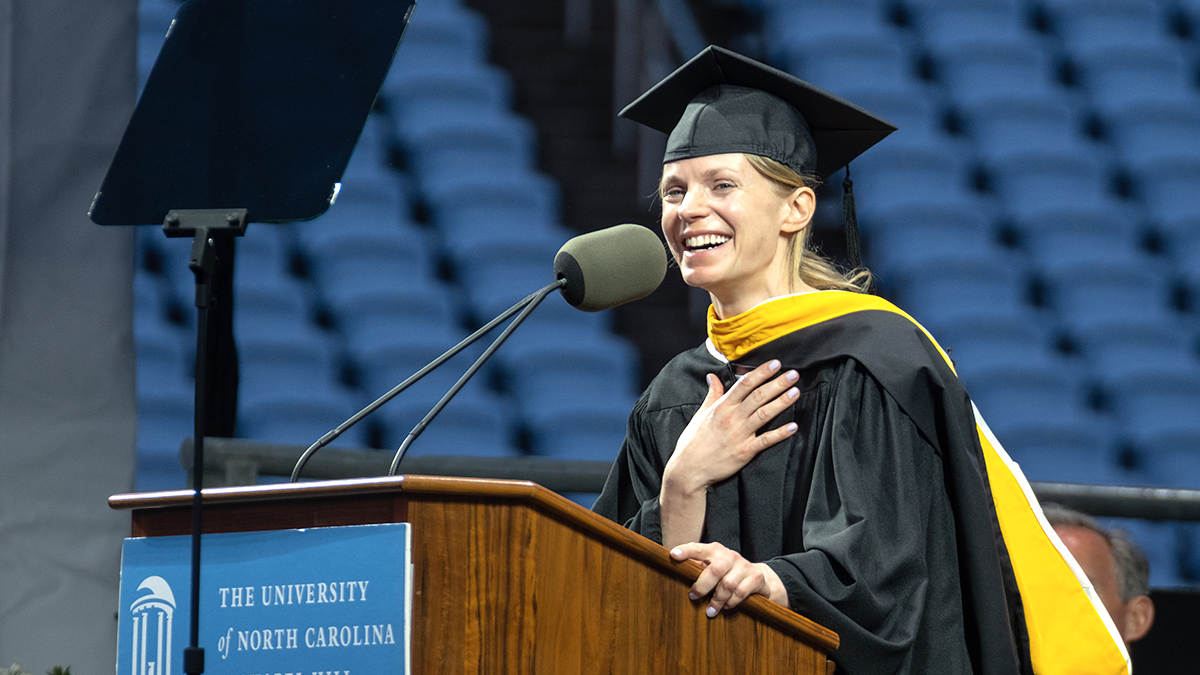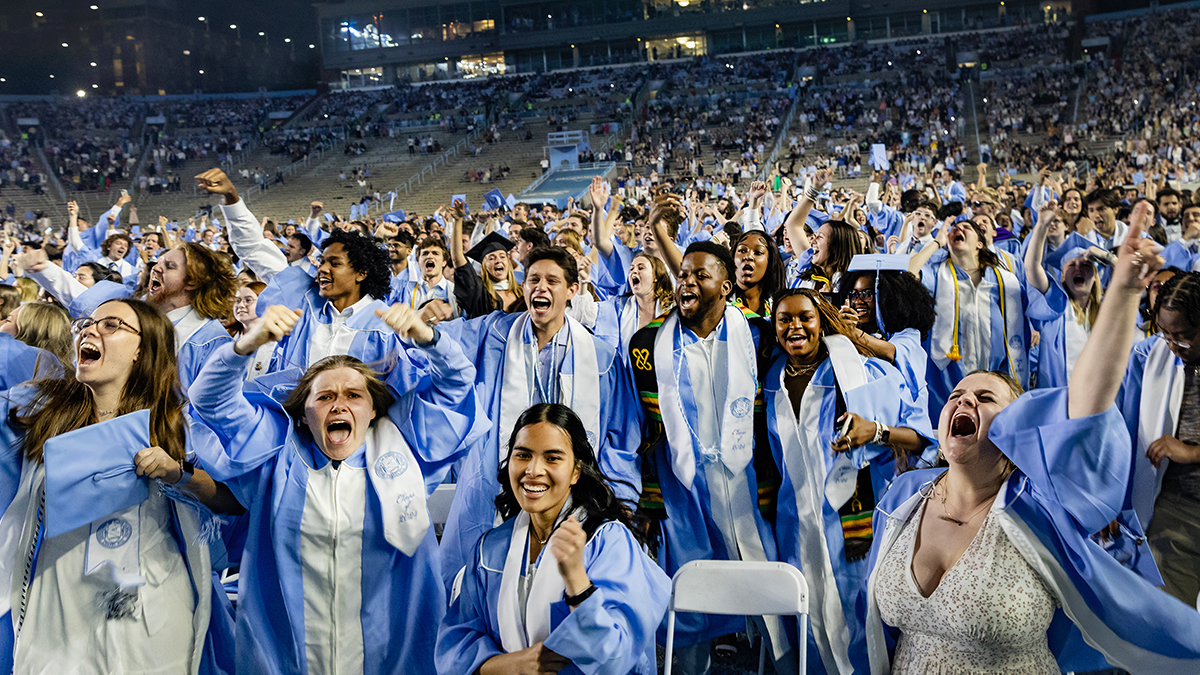Innovative, interdisciplinary health communication research wins $3 million grant to combat isolation in young adults
The study will test whether, how, where and for whom social media messages can reduce social isolation in young adults aged 18-29.
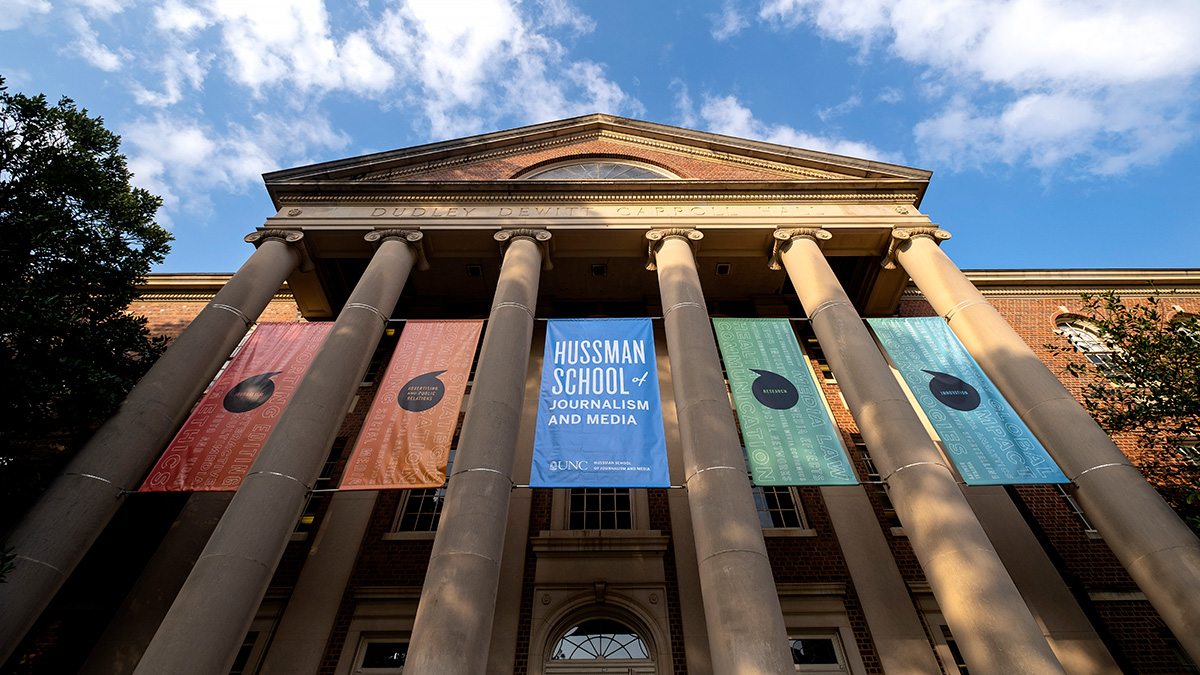
Even before U.S. Surgeon General Vivek Murthy issued a dire warning this spring about the loneliness epidemic in America, two UNC researchers had already teamed up to work on a solution.
Barbara Fredrickson, Kenan Distinguished Professor of psychology and neuroscience, has been a leader in the study of positive emotions and positive connections for decades. In a new research project, she has paired up with the UNC Hussman School of Journalism and Media’s associate professor Allison Lazard, an expert in how visual design influences message perception, especially in a digital environment.
“For decades, we’ve been looking at the benefits of positive emotions and positive connections for individual and community health and well-being,” Fredrickson said. “The next turn that I want to make is to find better ways to cultivate the conducive conditions for people to experience these health-promoting states. Allison brings a wealth of communication science to the table. With her help, we’ll have more messages, better frequency, lots of novelty, a lot of visuals, testimonials and stories. All of that is a world apart and better from what we’ve used in the past.”
Fredrickson and Lazard are principal investigators of a $3 million research program funded by the National Institute on Minority Health and Health Disparities. The study will test whether, how, where and for whom social media messages can reduce social isolation in young adults aged 18-29.
“My part is to design health messages to be relevant for people,” Lazard said. “I’ve spent my career thinking about how we use the scientific process and communication science to be rigorous in how we’re designing messages — not just what we’re saying, but how we’re saying it.”
Over the next four and a half years, the research team led by Fredrickson and Lazard will create, design and deploy social media messages to encourage young adults to get offline and experience social connectedness through in-person interactions. They have already hired Hussman graduate Tushar Varma ’23, to generate youth-focused images and text for the messages.
To test these messages in a safe but scientifically rigorous way, the team adapted an open-science framework to create a closed, simulated social network. They named it clikbrite, and it means this study will be the first to examine the messages’ impact in a way that combines the internal validity of lab studies with the external validity of field studies.
Read more about the need for the study and how the researchers will conduct the survey at the
